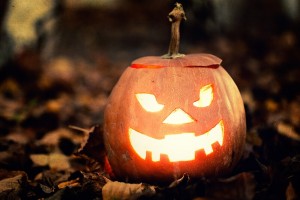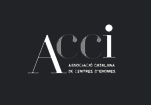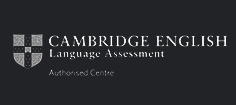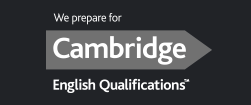News
-
Christmas Calendar
Our schools will be closed from 22nd Dec until 7th Jan
-
Xmas Raffle
Anunci GUANYADORS; i 498 RECAPTATS!
-
REGALA EXPERIÈNCIES EN ANGLÈS
Amb GRANS DESCOMPTES si reserves ara!
The origins of Halloween
Monday, 2 October 2017Where did Halloween originate? England, the USA, Ireland, Wales ? Read our October article and find out.
As the 31st October approaches, many people around the world will once again be marking Halloween with what have become traditional activities – carved pumpkins, trick-or-treating and fancy dress. Many people think Halloween is an Americanised festival of ghosts and ghouls – but did you know that most of the activities associated with this time of year are originally from Celtic folklore and tradition?
Halloween, also known as Allhalloween, All Hallows’ Eve, or All Saints’ Eve, is celebrated every year on the 31st of October by many people all over the world. The modern-day Halloween is said to have originated from the ancient Celtic festival of Samhain, held around the 1st of November, the date that marked the transition from autumn to winter. It was at this time of year that people believed the boundary between the worlds of living and dead became blurred, and was when the souls of the dead were said to revisit their homes.
According to many scholars, All Hallows’ Eve is a Christian feast influenced by Celtic harvest festivals. Initially, it was practiced only in small Irish Catholic settlements, until thousands of Irish migrated to America during the great potato famine and brought their customs with them.
Trick or treat?
The idea of trick-or-treating is also related to the ghosts of the dead in pagan, and even Catholic, history. As America welcomed the large number of immigrants in the second half of the nineteenth century, with them came their Halloween traditions. The English and Irish are credited with early trick-or-treating, and brought with them the custom of dressing up, and travelling door-to-door to ask for food.
These traditions, began in Britain and Ireland in the Middle-Ages, when children and sometimes poor adults would dress up in costumes and go around door to door begging for food or money in exchange for songs and prayers, often said on behalf of the dead. This was called “souling” and the children were called “soulers”. A common food given while souling was a small, round “soul cake”, often with a cross marked on top, that represented a soul being freed when the cake was eaten. These cakes were generally sweet, made with nutmeg, ginger, cinnamon, and raisins.
“Guising”
Masks and costumes were used to hide one’s attendance at pagan festivals to change the personality of the wearer to allow for communication with the spirit world. Here, costumes could be worn to ward off evil spirits. “Guising” (from disguise) may have originated with the Celtic ceremonial participants, who wore animal heads and skins to acquire the strength of a particular animal in order to either scare away the ghosts or to keep away from being recognized by them.
Before the pumpkin
Among the Irish, who prompted the popularisation of Halloween in America, the legend of “Irish Jack” explains the use of pumpkins in order to symbolize “jack-o’-lantern”.
Across Britain, people used turnips, or sometimes beetroot or potatoes, to make their own versions of these lanterns – carving scary faces into them and placing them near doorways or windows to frighten away Jack and other wandering evil spirits.
During the 19th Century, when immigrants to the USA took these traditions with them, they quickly discovered that pumpkins, the native American fruit, are far easier to carve into elaborate faces and shapes, and make perfect jack o’lanterns.
Modern day Halloween
Today we celebrate Halloween as a festival full of excitement and fun for kids as they are involved in various activities such as making Halloween costumes, trick-or-treating, telling scary Halloween stories and eating sweets. But Halloween is not for kids only. More and more adults are celebrating this festival as well. After all, who doesn't want to dress up as their favorite superhero or scary monster and head out to a fancy-dress party? So whatever your age, go and enjoy this middle-age festival and have a happy Halloween!










 Tel. 93 655 05 58
Tel. 93 655 05 58 Enviar WhatsApp
Enviar WhatsApp



![[...]](https://www.cambridgeschool.com/xtra/imgs/loading.gif)